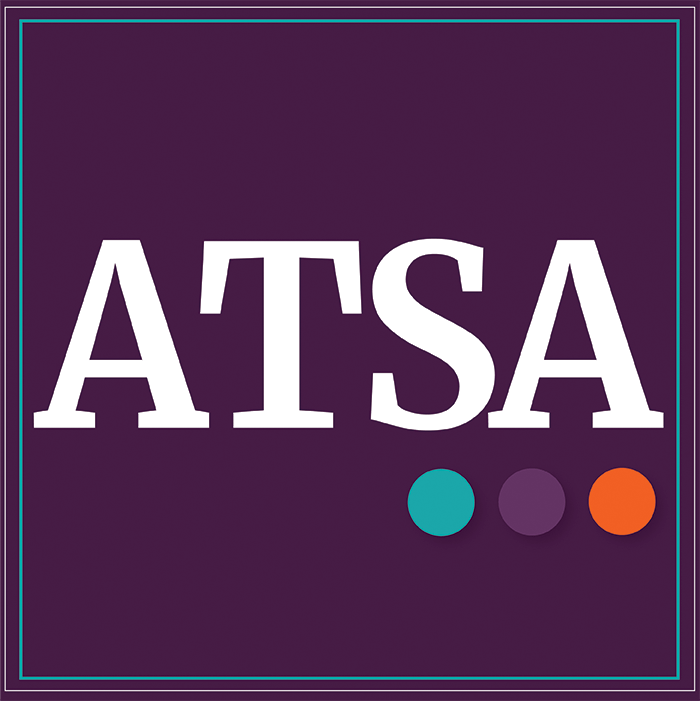Effective Practice
Effective treatment of people who are at risk to sexually offend as well as those who have sexually offended is key to preventing future victimization and making society safer. ATSA supports the use of research-based and evidence-informed treatment known to reduce the likelihood of someone sexually offending. ATSA encourages those involved in addressing the problem of sexual abuse to adopt practices consistent with the best available evidence, and to adapt their approaches as new research and data emerge.
Comprehensive Prevention
When ATSA talks about prevention, we are talking about efforts to stop the perpetration of unhealthy, harmful, dangerous, and illegal sexual behaviors and actions that harm others. Through this lens it becomes apparent that everything ATSA does is a form of prevention. Through Research, Treatment, and Public Policy.
Informed Policy
Laws and policies are most effective at preventing sexual abuse and making society safer when they are based on sound research and data. Too frequently, laws and policies are reactive, and are developed in response to a traumatic, well-publicized event, rather than based on evidence of effectiveness. While such events demand a response, the response needs to be implemented in a balanced and informed manner that accomplishes the goal of making society safer and avoiding future victimization, while at the same time minimizing unintended negative consequences for the perpetrators such as homelessness and lack of employment opportunities.
Sound Research
Quality research is the foundation of effective assessment, treatment, management, policy, and prevention strategies. ATSA supports the development of new knowledge and the translation of existing research into evidenced-based practices. ATSA encourages those involved in addressing the problem of sexual offending to adopt practices consistent with the best available evidence, and to change their practices as new evidence becomes available.
